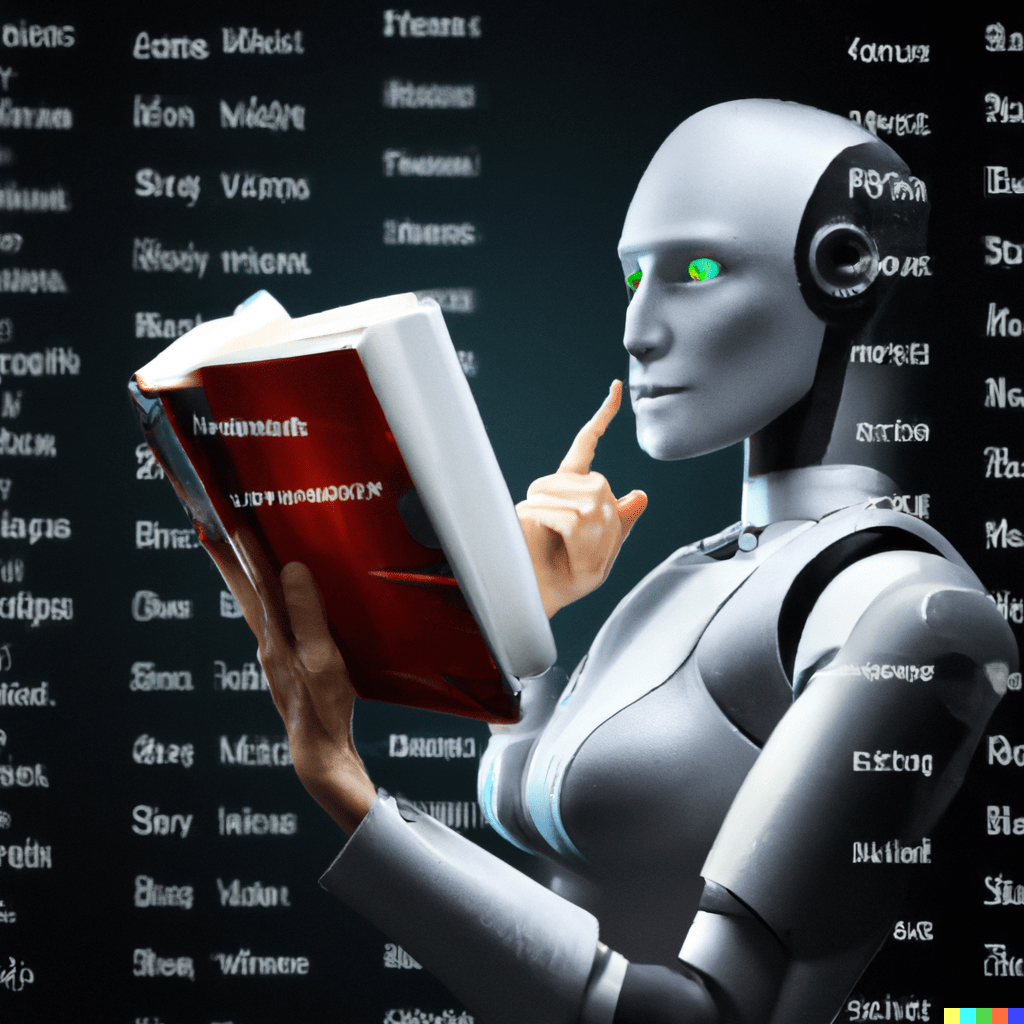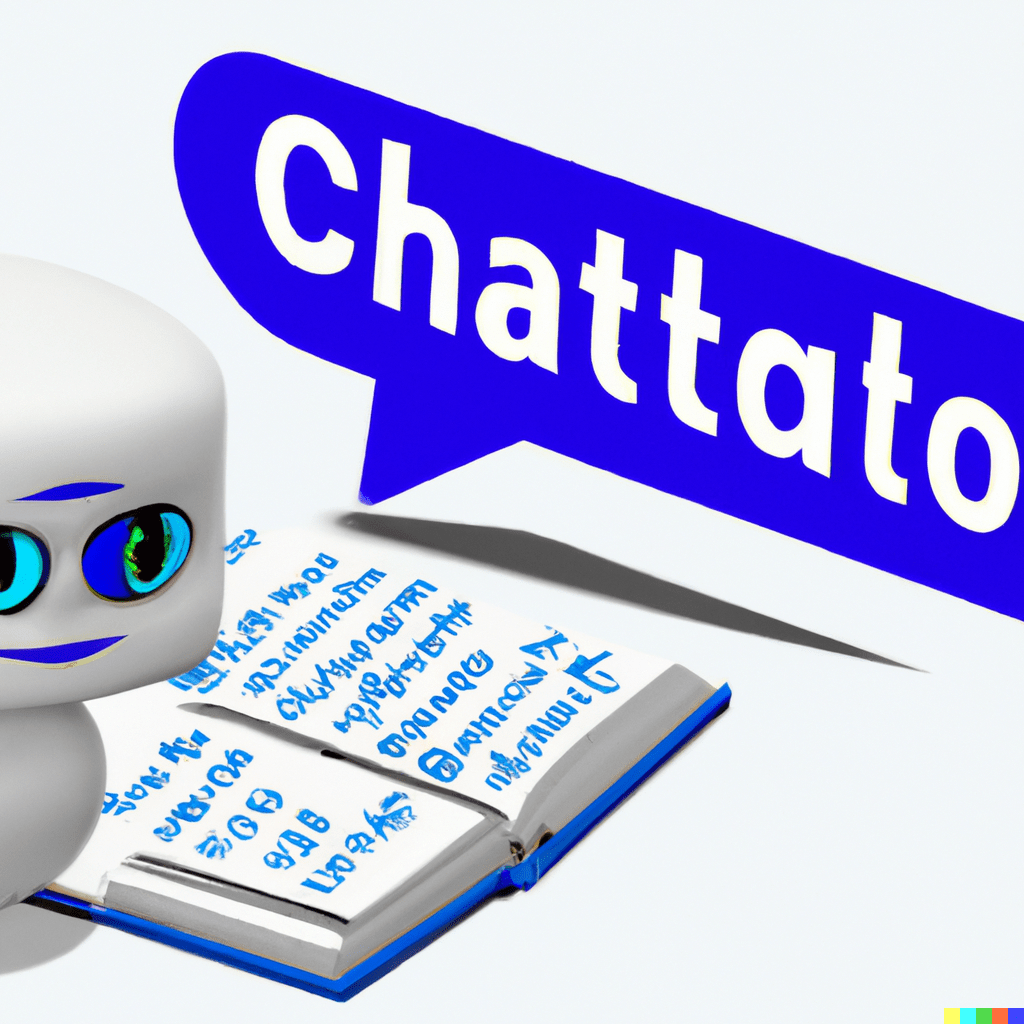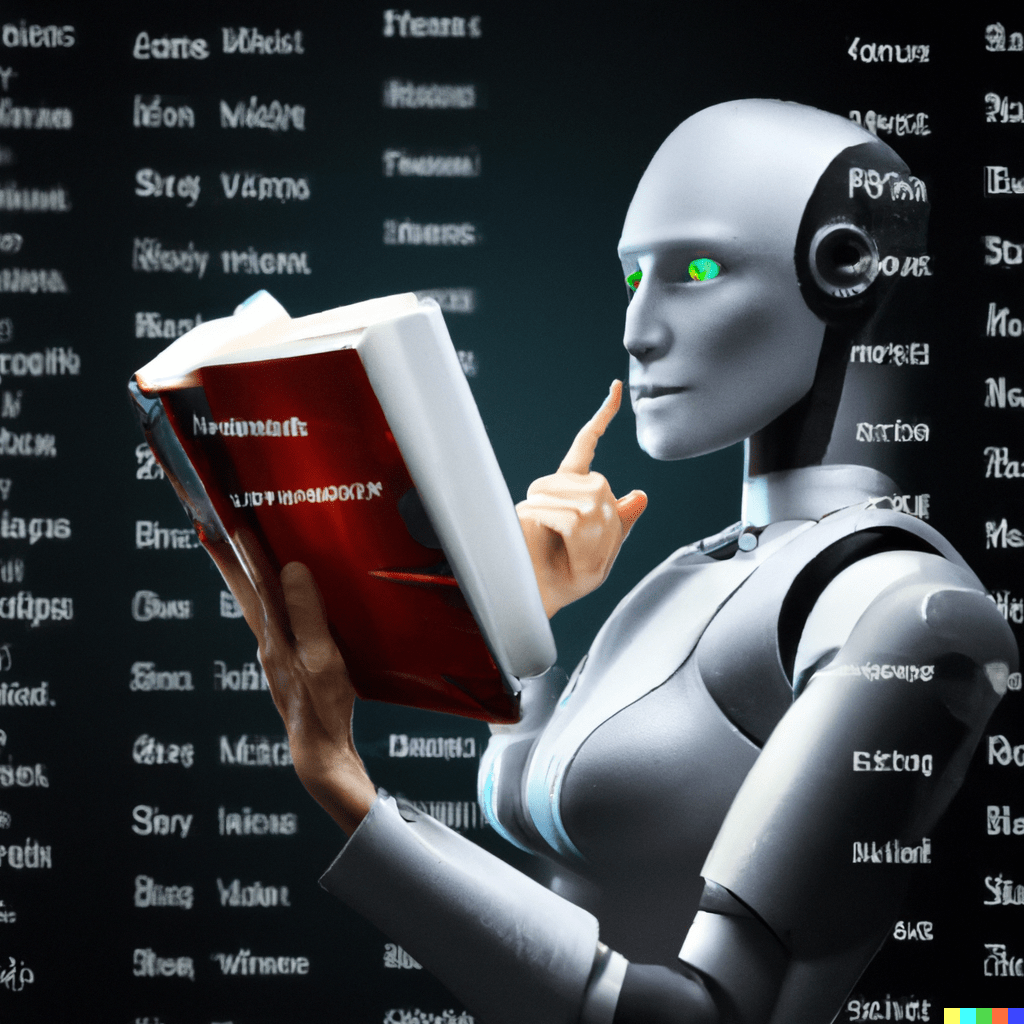Understanding Natural Language Processing Systems
As humans, we can communicate with each other using language. We can convey our thoughts, feelings, and ideas using words and sentences. However, for a computer, understanding human language can be a challenge. This is where Natural Language Processing (NLP) comes into play. In this post, we will discuss what NLP is, how it works, and its real-world applications.
What is Natural Language Processing (NLP)?
Natural Language Processing is a field of artificial intelligence (AI) that focuses on the interaction between humans and computers using natural language. NLP involves analyzing, understanding, and generating human language. It enables machines to understand the meaning behind text, speech, and other forms of human communication.

How does NLP work?
NLP uses various techniques and algorithms to process natural language data. These techniques include:
Tokenisation: This involves breaking down a piece of text into individual words or sentences.
Part-of-speech tagging: This involves labelling each word in a sentence with its corresponding part of speech, such as noun, verb, adjective, etc.
Named entity recognition: This involves identifying and categorizing named entities in a sentence, such as people, organizations, and locations.
Sentiment analysis: This involves determining the overall sentiment or emotion behind a piece of text.
Machine translation: This involves translating text from one language to another.
What are the applications of NLP?
NLP has a wide range of applications in various fields, including:
Virtual assistants: NLP powers virtual assistants like Siri, Alexa, and Google Assistant, allowing users to interact with them using natural language.
Sentiment analysis: NLP can be used to analyze social media posts and customer reviews to determine the overall sentiment or opinion towards a product or service.
Language translation: NLP is used in language translation software like Google Translate to translate text from one language to another.
Chatbots: NLP is used to develop chatbots that can understand and respond to customer queries and provide support.
Speech recognition: NLP is used in speech recognition software like Dragon NaturallySpeaking, which enables users to dictate text using their voice.

FAQs
Is NLP the same as AI?
No, NLP is a subset of AI that deals with natural language data.
What is the difference between NLP and machine learning?
Machine learning involves training algorithms to make predictions based on data, whereas NLP involves processing and understanding natural language data.
Can NLP be used in other languages besides English?
Yes, NLP can be used in various languages, although the availability of resources and tools may vary depending on the language.
Is NLP only used for text data?
No, NLP can also be used for speech and other forms of natural language data.
Is NLP still an emerging technology?
While NLP has been around for several decades, it is still an area of active research and development, and new techniques and applications are constantly being developed.
Conclusion
Natural Language Processing is a powerful technology that allows machines to understand and generate human language. It has a wide range of applications in various fields, from virtual assistants to sentiment analysis and language translation. As NLP continues to evolve, we can expect to see even more innovative applications in the future.
